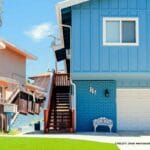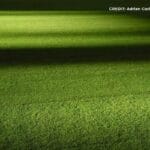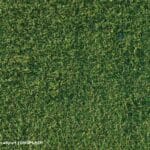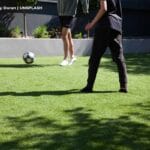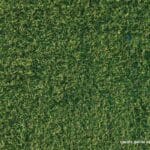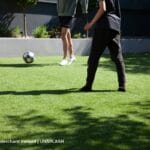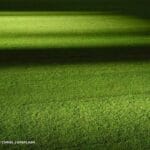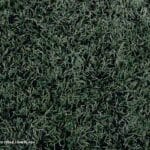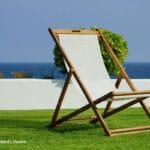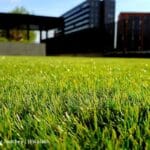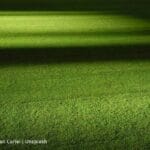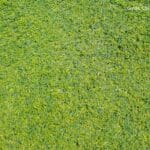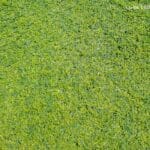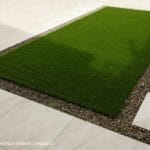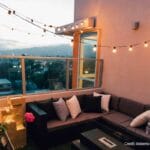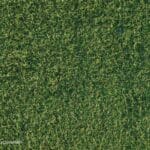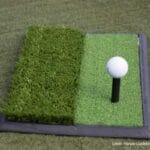Artificial turf offers homeowners and businesses a low-maintenance, visually appealing alternative to natural grass. It’s durable, weather-resistant, and capable of maintaining a lush appearance year-round. However, like any product, artificial turf doesn’t last forever. Over time, wear and tear, environmental exposure, and regular use can diminish its appearance and functionality. Recognizing the signs that it’s time to replace your artificial turf can save you from costly repairs and ensure your outdoor space continues to look its best.
1. Discolouration and Fading
One of the most apparent signs that your artificial turf needs replacing is noticeable discolouration or fading. High-quality turf is designed to withstand UV rays, but prolonged exposure to sunlight can cause the fibres to lose their vibrant green hue over time. If your turf looks dull, patchy, or uneven in colour despite proper cleaning, it might be time for a replacement.
2. Flattened or Matted Fibres
Artificial grass is designed to mimic the softness and resilience of natural grass blades. With regular use, especially in high-traffic areas, the fibres can become flattened or matted down. While brushing the turf with a stiff-bristled brush can temporarily restore its appearance, excessive flattening that doesn’t bounce back is a clear indicator that the fibres have lost their structural integrity and need to be replaced.
3. Noticeable Wear and Tear
Tears, holes, or frayed edges are physical signs of aging artificial turf. These issues often occur in areas with heavy foot traffic, such as pathways, play zones, or sports fields. Small damages can sometimes be repaired, but widespread wear and tear compromise the overall quality of the turf. If these issues are prevalent, replacing the entire installation may be more cost-effective than repeatedly patching up individual sections.

4. Unpleasant Odours
Artificial turf can develop odours over time, particularly if it’s used in areas frequented by pets. While regular cleaning and deodorising treatments can mitigate smells, persistent and unpleasant odours that linger despite cleaning efforts may indicate that the turf’s drainage system is no longer functioning effectively. Accumulated bacteria, mould, or mildew can compromise the safety and comfort of the surface, signalling the need for a replacement. For more ideal results, it may be a good idea to look into more pet-friendly artificial grass to minimize the risk of developing odour problems.
5. Poor Drainage
Proper drainage is one of the key advantages of artificial turf. If you notice pooling water or mud patches after rainfall, this could be a sign that the drainage layer underneath the turf has become clogged or deteriorated. Poor drainage not only affects the turf’s functionality but can also lead to mould growth and further damage the material. In such cases, replacing the turf and addressing the drainage issue is essential.
6. Inconsistent Surface Texture
High-quality artificial turf should have a consistent texture that’s comfortable to walk or play on. If the surface feels uneven, lumpy, or overly compacted, it may indicate underlying issues such as soil movement, poor installation, or the breakdown of the turf’s infill material. While some of these problems can be repaired, they often point to the end of the turf’s lifespan, necessitating a full replacement.

7. Allergy Complaints
Artificial turf is generally a smart investment for allergy-sufferers, and is often chosen to reduce allergens associated with natural grass. However, over time, the infill material can accumulate dust, pollen, and other allergens. If allergy symptoms become frequent among people using the area, despite regular cleaning, it might be time to consider a fresh installation with new materials designed to address these concerns.
8. Frequent Maintenance Requirements
Artificial turf is prized for its low maintenance, so if you find yourself constantly repairing or tending to it, this could be a sign that it’s no longer performing as it should. Whether it’s frequent brushing, repairing tears, or dealing with drainage issues, excessive upkeep can be a clear indicator that the turf has outlived its usefulness.
9. Age of the Turf
While high-quality artificial turf can last anywhere from 8 to 15 years, its lifespan depends on factors such as usage, exposure, and maintenance. If your turf is nearing or has surpassed its expected lifespan, it’s worth assessing its condition. Even if it doesn’t show obvious signs of wear, older turf may lack the structural integrity and aesthetic appeal it once had, making replacement a wise investment.
10. Loose Seams or Edges
Over time, the seams and edges of artificial turf installations can loosen due to environmental factors, heavy usage, or improper installation. Loose edges not only affect the appearance of the turf but can also pose safety hazards, especially in areas used by children or pets. While minor seam issues can sometimes be repaired, extensive loosening often calls for a complete replacement.
—
Artificial turf is a practical and attractive solution for a variety of outdoor spaces, but there’s more to it than installing the turf successfully. It also requires periodic assessment to ensure it continues to meet your needs. From visual signs to functional issues, recognising when it’s time for a replacement can save you time and money in the long run. By investing in new artificial turf when the signs become apparent, you can maintain a vibrant, functional, and safe outdoor area for years to come.
When it comes to finding quality artificial turf for your home, Lazy Lawn is here to help. We provide a wide range of artificial grass options to match your tastes and boost your curb appeal. When you need synthetic grass to help beautify your home, you can count on us to lend a hand. Give us a call now at (888) 622-5296 to invest in synthetic turf for your home that’s just as good as the real thing.


